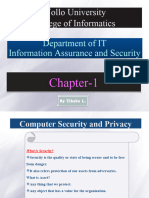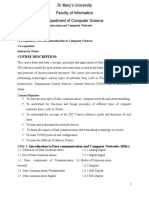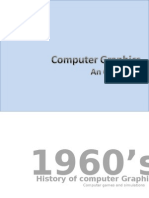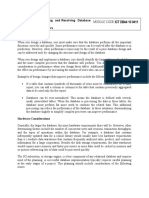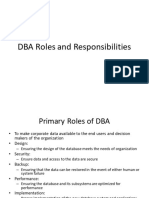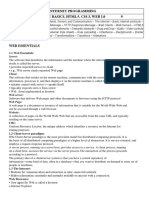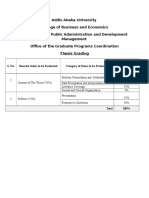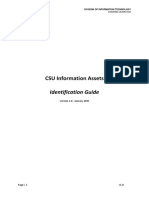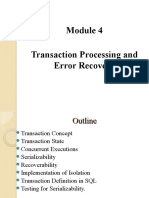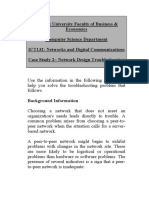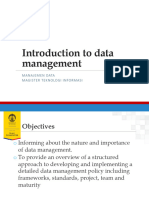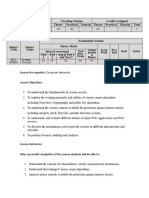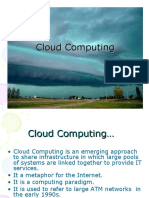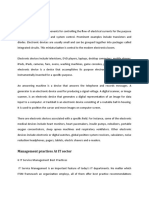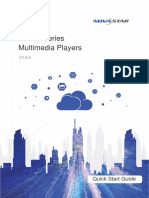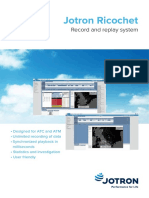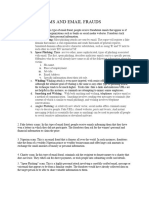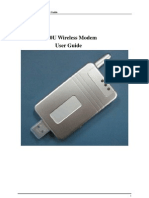0% found this document useful (0 votes)
394 views14 pagesClient Server Architecture
Client-server architecture refers to a network architecture where client computer systems connect to server systems or mainframes to access centralized data and processing resources. In a client-server model, clients initiate requests that servers process passively. Common server types include web servers, application servers, file servers, and database servers. The advantages of client-server architecture include sharing mainframe functionality widely and reducing network traffic. The disadvantages include servers becoming bottlenecks and distributed applications being more complex to develop and maintain.
Uploaded by
Abdullah ShoaibCopyright
© © All Rights Reserved
We take content rights seriously. If you suspect this is your content, claim it here.
Available Formats
Download as PPTX, PDF, TXT or read online on Scribd
0% found this document useful (0 votes)
394 views14 pagesClient Server Architecture
Client-server architecture refers to a network architecture where client computer systems connect to server systems or mainframes to access centralized data and processing resources. In a client-server model, clients initiate requests that servers process passively. Common server types include web servers, application servers, file servers, and database servers. The advantages of client-server architecture include sharing mainframe functionality widely and reducing network traffic. The disadvantages include servers becoming bottlenecks and distributed applications being more complex to develop and maintain.
Uploaded by
Abdullah ShoaibCopyright
© © All Rights Reserved
We take content rights seriously. If you suspect this is your content, claim it here.
Available Formats
Download as PPTX, PDF, TXT or read online on Scribd
/ 14



